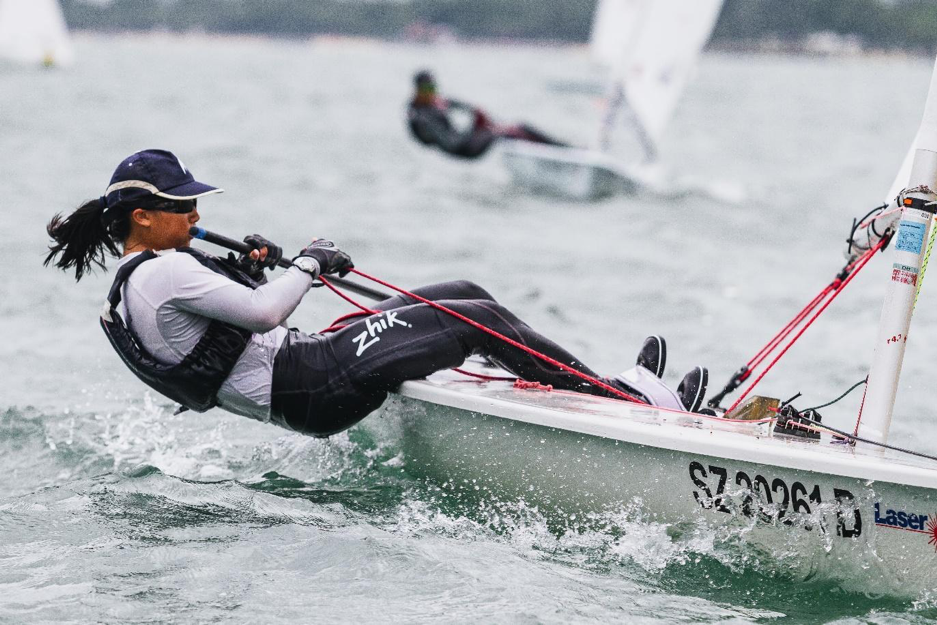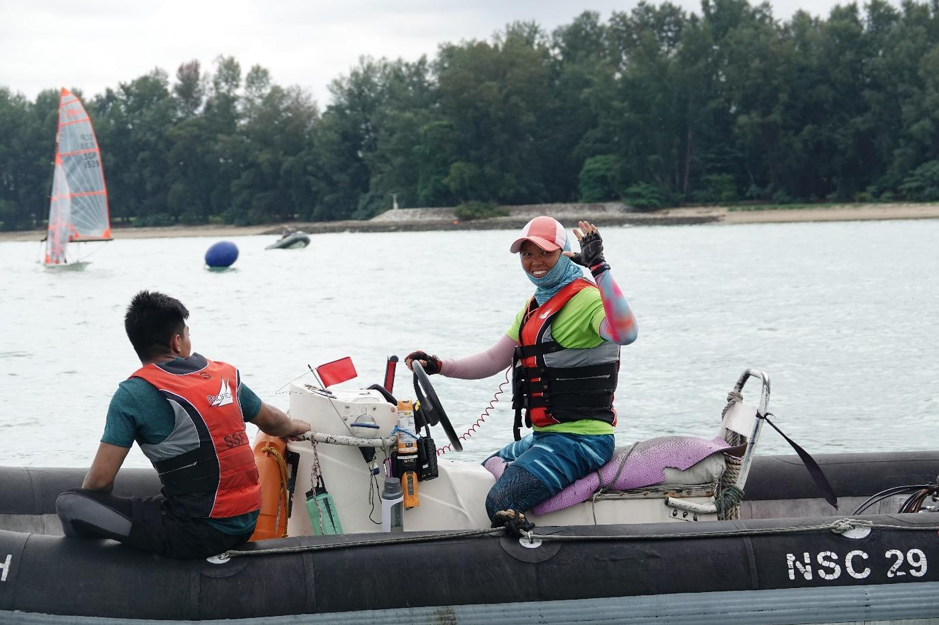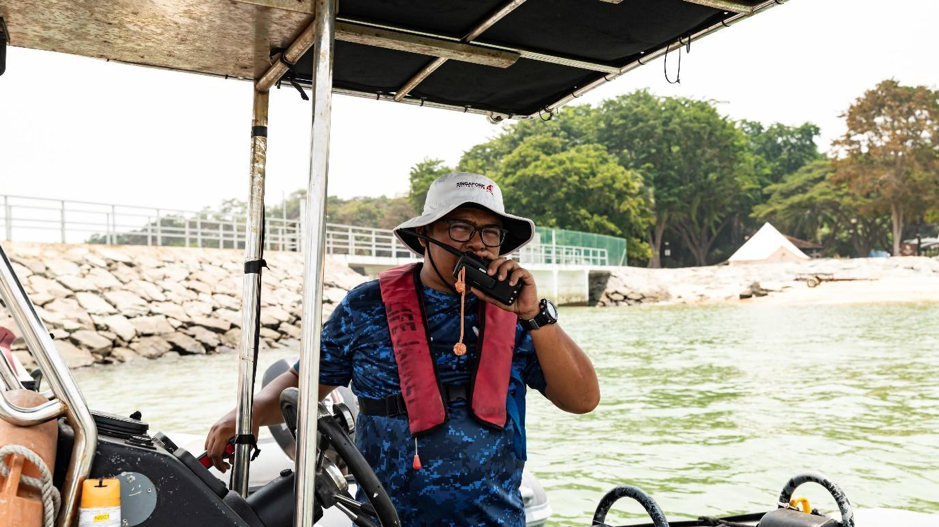As a small island surrounded by the sun, sand and the sea - Singapore is no stranger to sea sports. Sailing in Singapore first earned international acclaim in the 1994 Asian Games in Hiroshima, Japan, with Laser sailor Dr. Benedict Tan clinching Singapore's first Asian Games gold medal in sailing. Dr. Tan's win paved the way for more success in the Singapore sailing scene over the next two decades.
Earlier this year in March, 16-year-old Jonathan Lio went on to finish first overall at the Asian Open Laser Championships. Despite his initial setbacks, he emerged victorious amongst some 64 sailors from 15 countries in the regatta, some of whom were Olympic-level sailors.
More recently at the 2019 World University Games that took place in July, a Singapore sailing team won a Bronze medal at the Games which saw over 6,000 student athletes at the tertiary level from 118 countries - the biennial Games is the largest global multi-sport event besides the Olympics.
As Singapore prepares to become a serious medal contender at the Olympics, the Singapore Sailing Federation (SSF) has remained steadfast in its core - providing quality sailing courses for both the young and old.
As the governing body for sailing activities in Singapore, SSF General Manager Mr Chung Pei Ming shared that they "are a federation of the sailing clubs and marinas around Singapore" that promotes "training, racing and leisure sailing activities". Interest in sailing has increased, notably by a 31% increase in programme participation from 2017 to 223 participants in 2018.

The Singapore Sailing Federation has seen an uptick in programme participation over the years
However, sailing is not just restricted to Singapore's coastal waters. As part of its long-term commitment to develop sailing as a sport and attracting more Singaporeans to pick up the sport, SSF has ramped up its partnership with ActiveSG to bring sailing into inland Singapore waters. In 2018, 120 participants got to experience the joy of sailing at the convenience of their neighbourhood swimming complexes, which has proved to be increasingly popular with a 110% increase in participants from 2017 to 2018.

All sailors have a part to play in ensuring safety in the waters
Safety first
Whether it is training for a regatta or sailing for leisure, safety remains the number one priority especially when out in the open sea. While the SSF continues to introduce new sailors to the sport and continues to upskill existing sailors, Pei Ming highlighted that participants have a critical role to play, to ensure their own safety as well as others out at sea with them.

Participants should wear their PPE at all times, including the lifejackets, kill cords, harnesses and or helmets.
- What are some factors that affect participants' safety?
A: Not taking personal safety seriously and taking unnecessary risks while out at sea can pose a serious danger to not only yourself, but others around you. Participants are also reminded to maintain a wide enough distance with other craft to minimise the risk of collision.
- What should participants do to ensure their safety?
A: Always use your Personal Protection Equipment (PPE), be it lifejackets, kill cords, harnesses and or helmets. Never adopt the mindset that it is just for a short while or that conditions 'seems calm' as an excuse not to put on your PPE.
- Were there any near-misses when participants did not observe safety measures?
A: Thankfully nothing serious on water incidents. But we did have a student who had a cut on her feet by broken glass while launching a boat by the beach - that was the result of not wearing proper footwear despite being reminded to do so. A painful lesson indeed.
- What are some best practices to keep a lookout for when using pleasure crafts in the sea?
A: Wear your lifejacket and kill cord every time when you are out in the sea. Participants are also required to carry a VHF radio or mobile device to remain contactable in case of emergency.

Coaches, too, have to wear lifejackets and kill cords and carry a VHF radio




